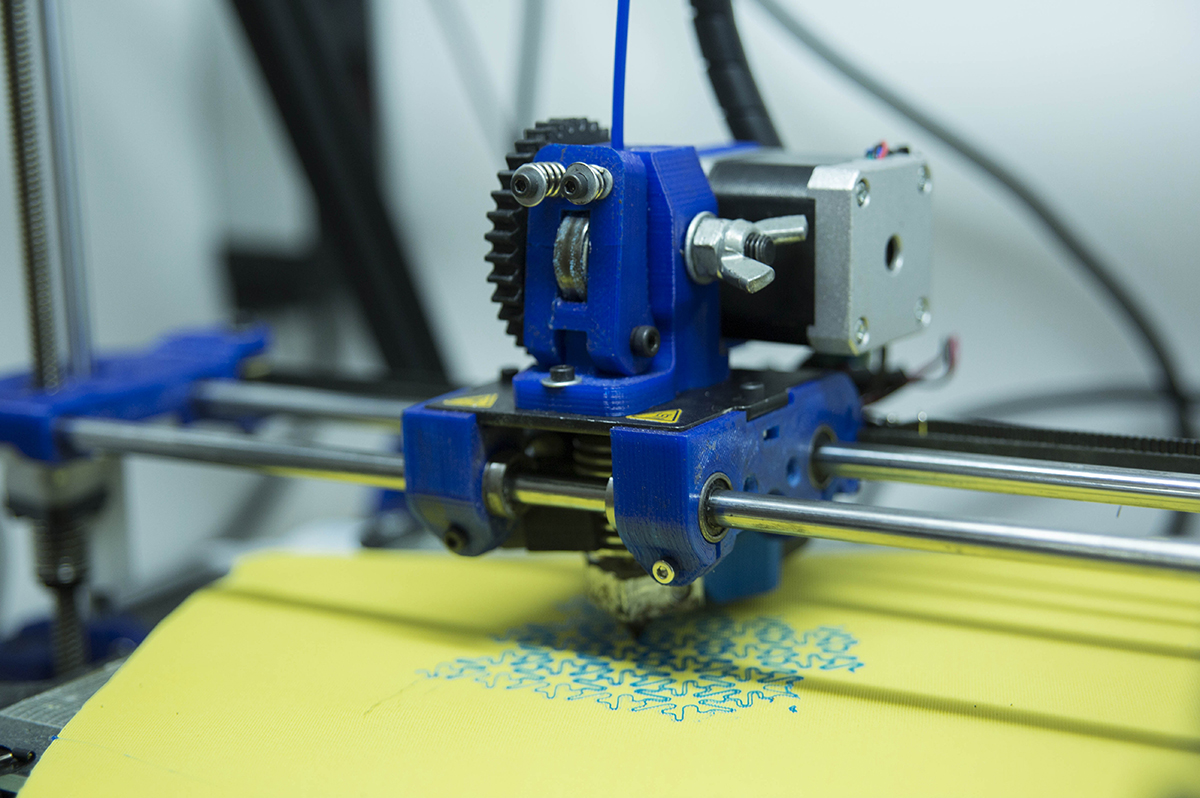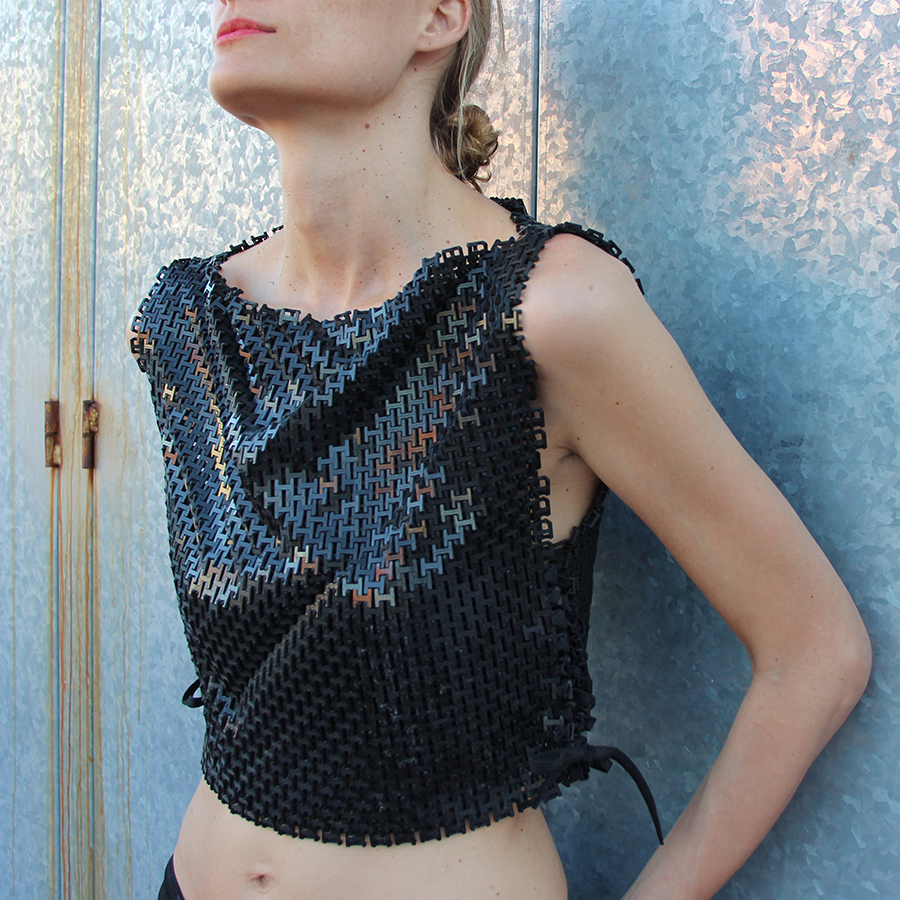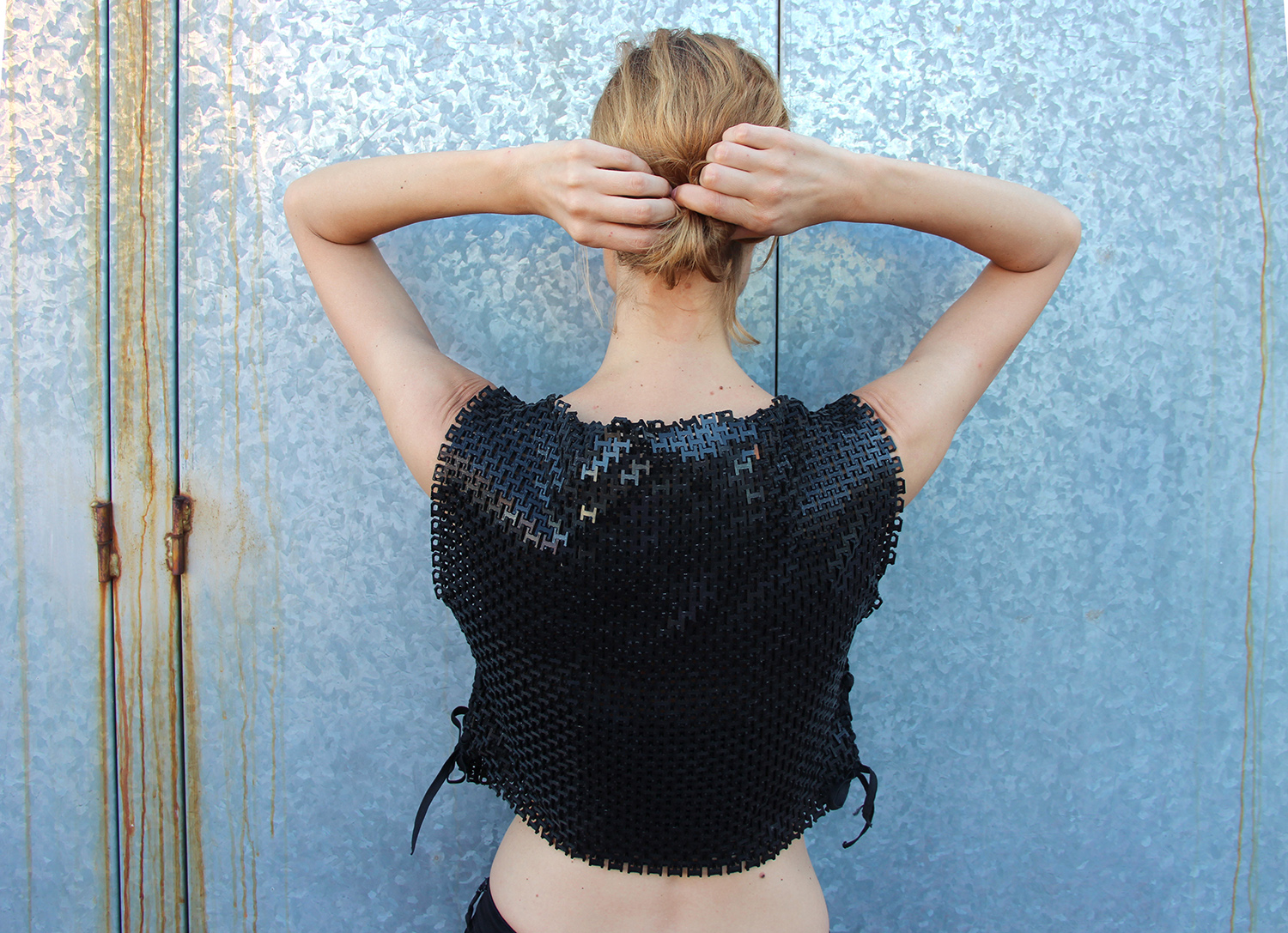The world of 3D printing is constantly evolving. Historically its primary use has been in engineering, but it is now poised to revolutionise the fashion industry, changing how we produce anything and everything wearable such as shoes, dresses and accessories. While 3D printing isn’t ubiquitous in high street stores just yet, the inclusion of it in recent runway shows is proving its worth for designers and its exciting potential in fashion.
The fashion industry has historically been slow to adopt the latest technology, but recent years have been characterised by a digital revolution. From e-commerce stores to IoT and wearables, the use of technology in fashion is widespread, and will only increase with time. Just as those emerging technologies have started to change the industry, 3D printing is poised to do the same.
Why 3D fashion?
3D printing is starting to broaden the traditional boundaries of design and allow designers to quickly turn some of their most testing design concepts into reality. It allows designers to create completely new designs that were simply too complex, challenging or time consuming using traditional techniques. Now that 3D printing is easily accessible, we’re starting to see more original 3D designs infiltrate the runway.
For example, Iris Van Herpen incorporated 3D printed ‘face jewellery’ into her catwalk look at the 2019 Paris Fashion Week. This original, customisable content is something that 3D printing allows to be easily designed and created not just only on a small scale, but also en-masse. This level of originality is unprecedented and is one that a designer would struggle to achieve without 3D printing technology, enabling Van Herpen to design the jewellery that was truly unique to the wearer and customised to fit their face perfectly.

“Cellchemy” facemask by Iris Van Herpen.
Van Herpen has also used 3D printing in a lot of her high-profile fashion pieces, to bring her couture visions to life. Her first 3D printed design featured in 2010 and since then she has taken the fashion world by storm with her bespoke, original designs. In 2017, Cara Delevingne wore a stunning bespoke 3D printed dress to the premier of Valerian and the city of a Thousand Planets. Continuing her star-studded client list, she also designed a dramatic 3D printed dress for Beyoncé in her music video ‘Mine’.
Fashion has also dominated the runway at New York Fashion Week on numerous occasions but notably in 2016. threeASFOUR and Travis Fitch worked harmoniously to produce two breakthrough, truly unique dresses, highlighting the originality that 3D printing can help a designer achieve. Following the walk, Gabi Asfour from threeASFOUR credited the functionality that 3D printing provided to enable them to design and make a new textile that didn’t already exist to work with all the desired features of the dress. Something that may not have been possible within the original boundaries of design.
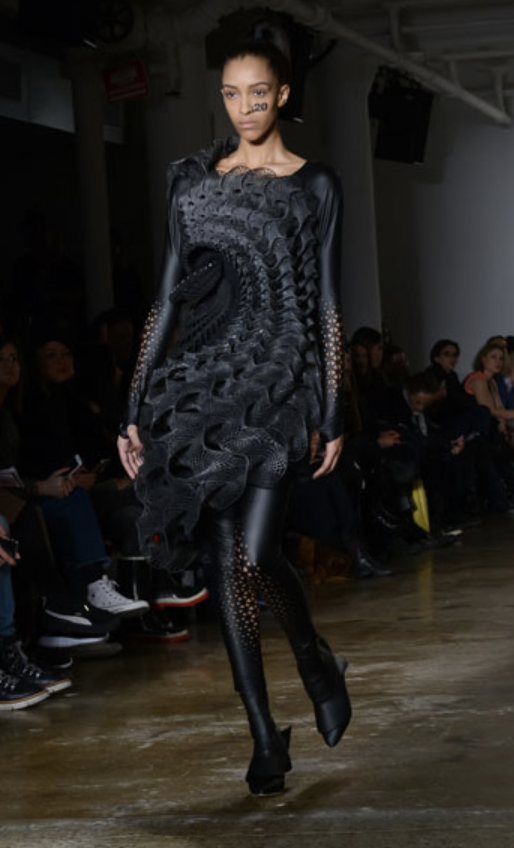
3D printed Harmonograph Dress [Image: Matt Carasella]
3D printing in mass fashion
While 3D printing is helping high push the boundaries of design in end fashion, everyday garments are starting to be feel its influence. Consumers today are always looking for the latest technologies and design techniques in their clothes, and brands are beginning to respond.
The footwear giants, Adidas and Nike have both in recent years incorporated 3D printing into their trainers and demonstrated that 3D printing can offer consumers improved customisation and more sustainable products.
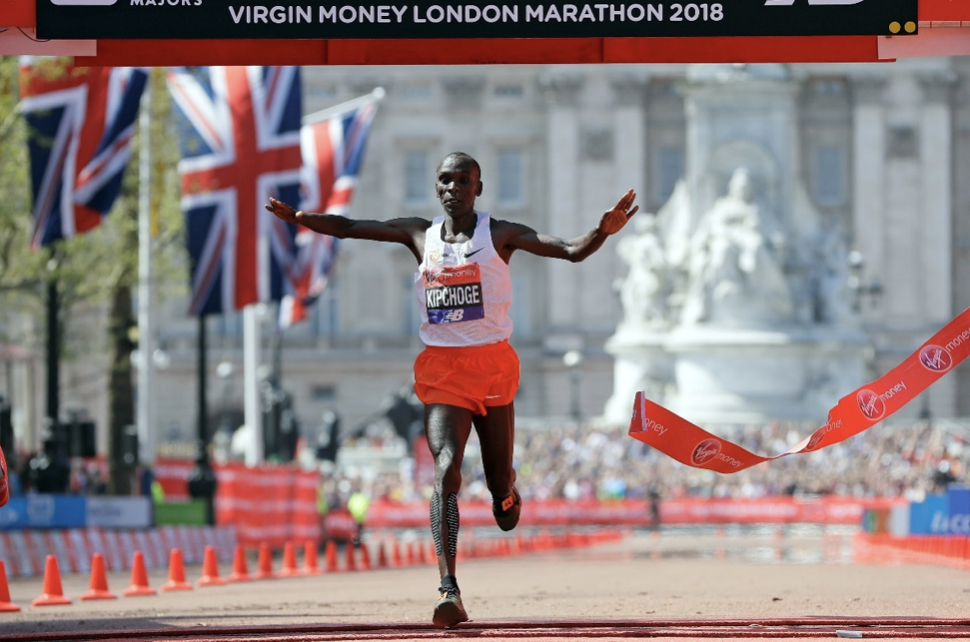
Eliud Kipchoge winning the 2018 London Marathon wearing 3D printed Nike trainers.
3D printing has firmly found its place in marathon running by being the 2018 winning shoe of runner Eliud Kipchoge. Following a disaster in 2017 where his shoes became wet and heavy, Nike turned to 3D printing to reduce the weight of his trainers and personalise them bespoke for his needs. This was not the first time Nike has used 3D printing to provide personalised trainers for elite long-distance runners, created differently to suit their specific needs. This level of personalisation is on a case-by-case basis, but Adidas has found a way of bringing 3D printing to the mass market.
Quick customisation whilst maintaining originality are two more huge opportunities for 3D printing. Garments can be created to perfectly fit the size of each individual body, opening the door for true personalisation. Adidas has implemented the use of customisation into their Futurecraft designs by making a 4D trainer with a 3D printed midsole, this allows a high level of customisation to reach the mass market easily.
As this is a relatively new field, the fashion industry as a whole needs to challenge what they already know and visualise a future with 3D printing in order to see its true value. The incorporation of 3D technology into these designs make them truly original and gives the consumer the high-quality item they desire.
Although the cost of the production may be initially higher, shipping, transport and packaging costs are drastically reduced as a customer can be sent the design and can then print the product themselves.
Education
3D Printing is the future of fashion, enabling enhanced originality to be implemented into all aspiring designer’s skillset. Education and technological advancements are making it cheaper, easier and more beneficial for designers to use 3D fashion in their designs and in turn, produce more quality fashion and make it accessible to all.
As a result, many fashion academies are incorporating 3D printing into their education programmes. Manchester Met University has integrated 3D printing into their education programmes and have successfully produced a 3D knitted structure that is high in both stretch and elasticity. By integrating 3D printing into their education programme, it can be at the forefront of a modern designer’s mind when they are working professionally.
While educating a new generation of designers on 3D printing will be a gradual process, it paves the way for this technology to become part of the mainstream and increase its uptake and use across the industry.
The future of 3D printing in fashion is one that is certainly bright and optimistic, with smaller, user-friendly 3D printers such as the da Vinci nano available to all, the opportunity to learn about the technology isn’t limited to engineers or more technical professions. By allowing even the smallest fashion houses to try this technology, we’ll see more and more 3D printed fashion coming to our stores – and I look forward to seeing how it benefits us all.

